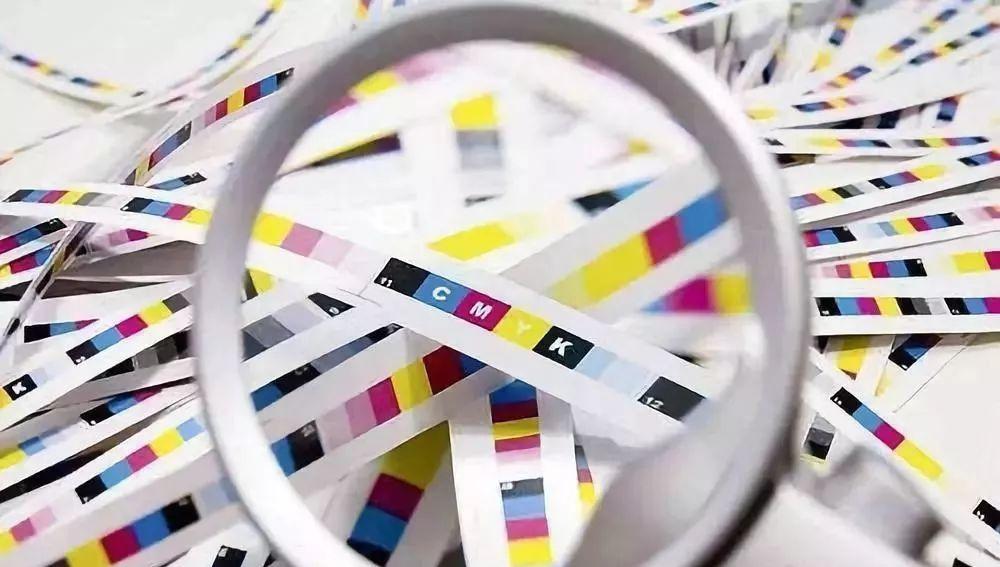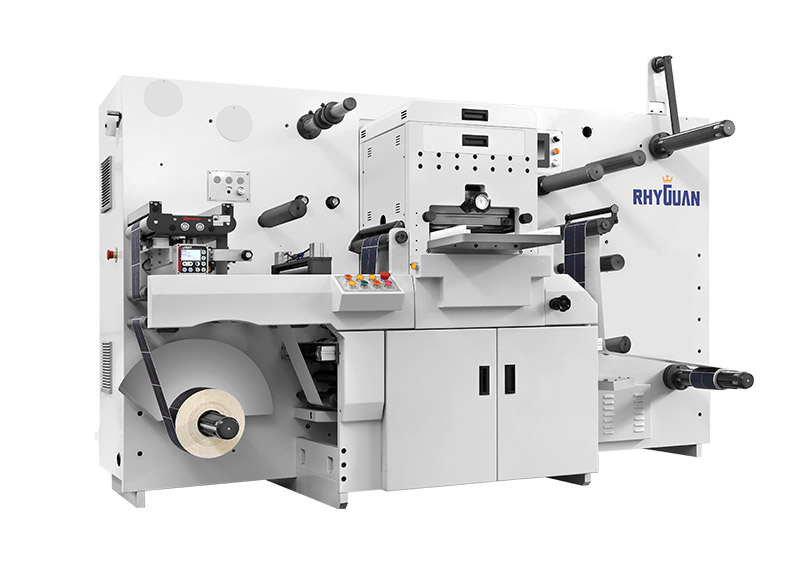The printing industry, with a long - standing history, has been an integral part of information dissemination, product packaging, and creative expression. As we stand at the cusp of a new era, marked by rapid technological advancements and shifting consumer behaviors, the future of the printing industry is a complex tapestry of opportunities and challenges.

Packaging printing: The booming e - commerce industry has led to an increasing demand for various types of product packaging, and the requirements for packaging design and quality are also getting higher, which provides a broad space for the development of the printing industry5. The same is true for the consumer goods industry, where the packaging of food, cosmetics, and other products needs to be continuously updated and optimized to attract consumers.
Digital printing for short - run and personalized products: The maturity of digital printing technology enables the production of small - batch, personalized printed products, meeting customers' needs for unique designs and quick delivery5. For example, personalized photo albums, business cards, and invitations can be printed on - demand according to customers' requirements.
Stable demand in education and publishing: The education and publishing sectors have a relatively stable demand for books, textbooks, and teaching aids5. With the development of education and the continuous updating of knowledge, the demand for educational printed materials will remain stable.
by technological innovation
Advancements in digital printing: Digital printing technology is constantly improving, offering higher quality, faster turnaround times, and greater customization options. It is expected that these advancements will continue, making digital printing more accessible and efficient.
Application of automation and artificial intelligence: Automated workflow systems can streamline the printing process from order placement to final production, reducing manual intervention, minimizing errors, and speeding up turnaround times. AI - driven quality control systems can detect and correct printing errors in real - time, ensuring high - quality outputs.
Integration of augmented reality: The integration of augmented reality (AR) technology can turn traditional print media into interactive experiences, enhancing customer engagement. For example, scanning a printed brochure with a smartphone can reveal additional content such as videos and 3D models.
Increased emphasis on environmental protection
Use of recycled and sustainable materials: With the improvement of people's environmental awareness, there is a growing demand for environmentally friendly products. The printing industry is gradually increasing the use of recycled paper and other sustainable materials to meet market demand.
Development of green inks and processes: Eco - friendly inks, such as soy - based and water - based inks, are becoming more popular. At the same time, energy - efficient printing processes and equipment are also being developed to reduce environmental impact.

Special floating paper system for Rhyguan's Flatbed Die Cutting Machine, capable of achieving 120 US/min impressive speed. We have developed a high-precision, full-featured printing industry with various detailed designs, additional shape cutting demand, ensuring quality improvement after printing, light smoothing, no hair cutting, and the overall quality and beauty of high-quality printed products.
Fluctuation of raw material prices: The prices of raw materials such as paper and ink are volatile, which poses a great challenge to the cost control of enterprises. Paper prices, in particular, are affected by factors such as changes in pulp supply and demand and changes in environmental policies, which may lead to increased production costs for printing enterprises.
Rise in labor costs: The continuous increase in labor costs has also increased the operating burden of enterprises. As living standards improve, employees' wage demands are also rising, and the printing industry, which is labor - intensive, is facing greater pressure.
Emission of pollutants: The printing process may produce pollutants such as waste gas and waste water, and the treatment of these pollutants requires a large amount of capital and technical investment. Enterprises that do not meet the environmental protection standards will face the risk of being phased out.
Higher standards for sustainable development: In addition to pollutant treatment, the printing industry also needs to meet higher standards for sustainable development, such as reducing energy consumption and increasing the use of recycled materials. This requires enterprises to continuously upgrade their production processes and equipment.
Intense price competition: The large number of small and medium - sized printing enterprises has led to fierce market competition, and price wars occur from time to time, squeezing the profit margins of enterprises. In order to win orders, some enterprises may reduce prices, which will affect the overall profit level of the industry.
Impact of substitute products: The development of digital media has had a certain impact on the traditional printing industry. Some media such as newspapers, magazines, and catalogs have been transformed into digital forms, and the demand for paper - based media has declined.
In conclusion, the future of the printing industry is a blend of bright prospects and formidable challenges. While opportunities in packaging, digital printing, and technological innovation abound, printers must navigate cost pressures, environmental regulations, and intense competition. Those that can adapt to these changes, embrace new technologies, and prioritize sustainability are likely to thrive in the evolving printing landscape.
● Another PLUS-330 Machine Installed in Latin America
● Another Two Installations at Customers’ Site
● Rhyguan Plus Month
● Top security level in Rhyguan
● Another Rotary Die-cutting Installation at Cutsomer’s Site
● Perfect Factory Acceptance Testing for Label Inspection Machines
● New Rhyguan Factory Preview
● Rhyguan Industrial 4.0 Live Presentation
GET A QUOTE